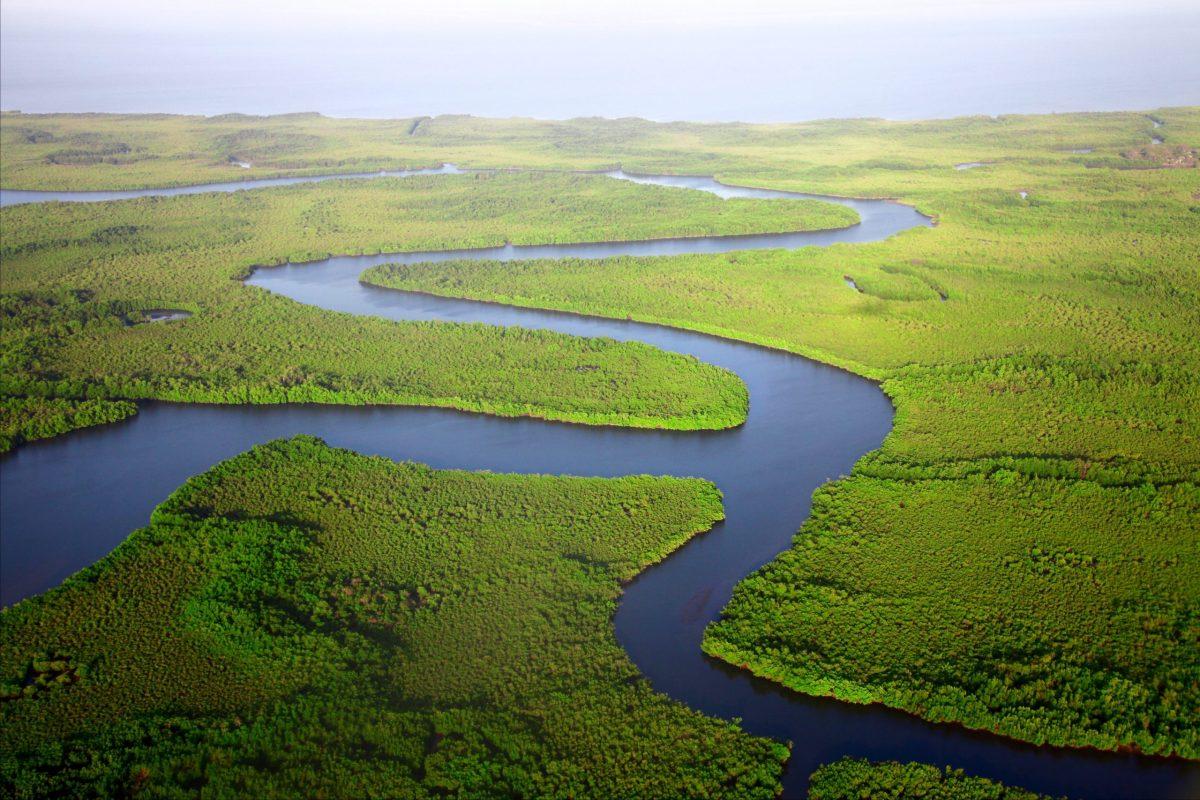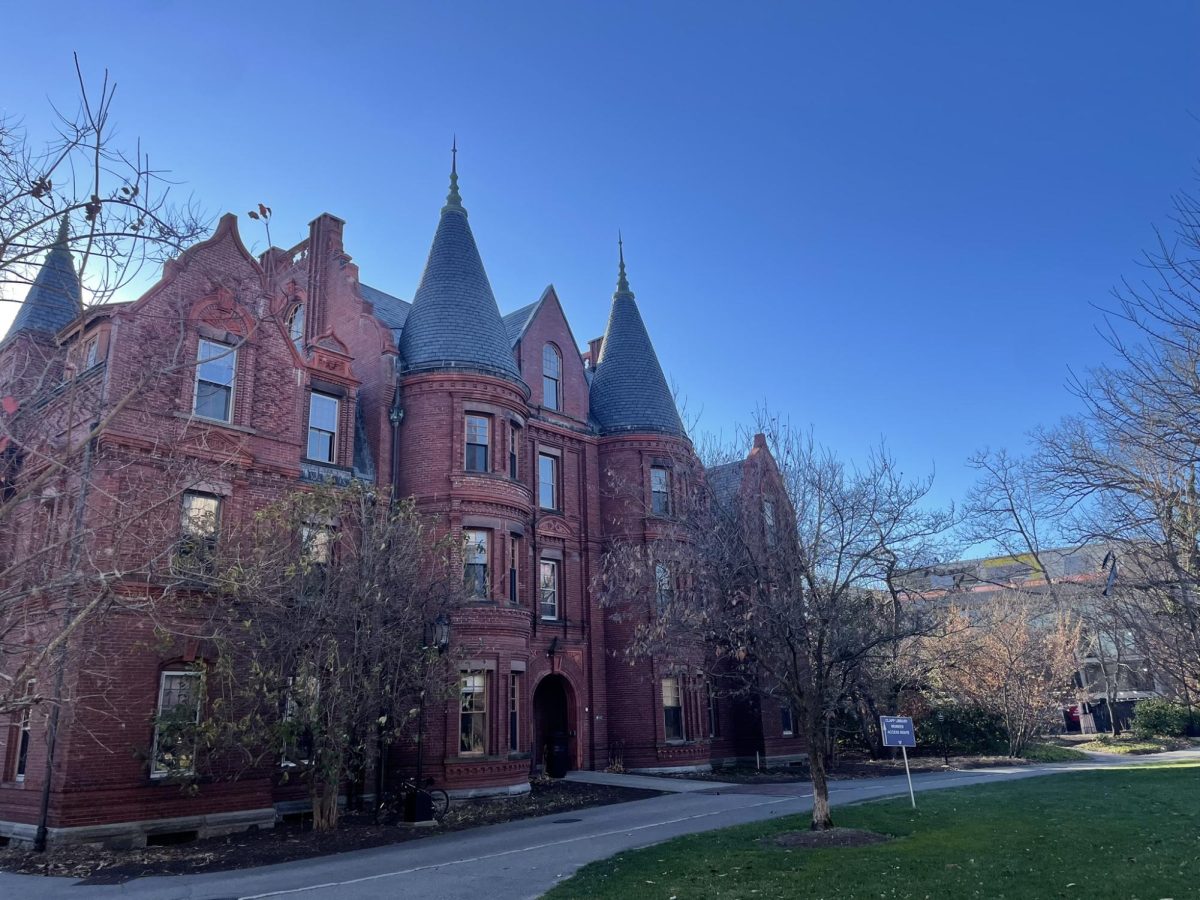The basis of all life is under siege by none other than the United States Supreme Court. While applicable to a variety of recent decisions by the Court largely populated by cronies for the Republican Party, this time I’m talking about water. Yes, the Supreme Court is determined to make us fearful of the water that flows out of our faucets by attacking the Clean Water Act (CWA) in Louisiana v. American Rivers, a shadow docket order that even Chief Justice John Roberts could not stomach. The threat posed by this decision compels us to think about the regulatory efforts that have made it possible to fill up our water bottles without fear — an awareness that I fear is too little, too late. This decision is a warning of more attacks on environmental regulations to come, a warning we must take seriously due to its potential to fundamentally change life as we know it.
The structure of the original 1972 Clean Water Act helps illustrate the environmental risks posed by Louisiana v. American Rivers. This version of the CWA encouraged federal environmental regulators to work cooperatively with state and tribe officials — a 1992 Supreme Court decision even affirmed states’ and tribes’ authority to deny certification of fossil fuel energy infrastructure projects such as oil or gas pipelines that threaten to contaminate states’ water resources. Whereas energy companies and federal regulators do not have to experience the negative effects of their decision to create or permit extractive, unsustainable infrastructure, state regulators and the people they represent are much more likely to dissent to these decisions. This federalist structure has prevented many — albeit not enough — pipelines from being constructed.
The Court’s recent decision essentially revoked states’ and tribes’ right to restrict the construction of environmentally damaging infrastructure. Liberals might retort, “But President Biden loves the environment! This decision is hardly anything to worry about.” This sentiment is a woeful misunderstanding of the agencies and actors that have control over infrastructure siting decisions. For example, the Federal Energy Regulatory Commission, which oversees the interstate transmission of natural gas, controls the siting of all interstate natural gas pipelines. It consists of up to five commissioners, appointed by the president and approved by the Senate. I’ll let you do the math of what infrastructure siting decisions look like when only five people are tasked with overseeing the construction of hundreds of thousands of miles of pipelines. (Spoiler alert: as of 2015, FERC had only rejected two pipeline proposals since 1985.)
The positive effects of the CWA further highlight just how alarming the Court’s recent decision is. A 2018 study by UC Berkeley and Iowa State University found that 30 years after the CWA’s implementation, most water pollution measures, including fecal coliform bacteria, showed improvement compared to pre-CWA measurement. To make these results more tangible, consider another one of their findings: the number of rivers safe for fishing increased by 12% during this time period. And of course, the CWA made plenty of non-drinkable water potable.
Essentially, Americans’ access to clean, safe drinking water — particularly communities disproportionately impacted by environmental hazards such as communities of color — hinges on this one law from President Nixon’s administration (I never thought I’d say this, but thanks, Nixon?). Before I get canceled for siding with Nixon on anything, note that I’m not exactly reminiscing about Nixon’s administration but rather the political bipartisanship toward environmentalism that existed in the 1960s and 70s. Perhaps I’ll reserve the comprehensive answer to the question, “What happened?” for another column, but one short answer is time. The majority of comprehensive environmental regulations in the United States were enacted just over 50 years ago. 50 years is more than enough time for collective forgetting. 50 years is license to take environmental regulations for granted — until it’s 2022, and the majority of nine people with too much power decide to take it all away.
Not all of us have been taking environmental protection for granted. Indigenous water protectors have been embroiled in the selfless, thankless act of protecting America’s rivers, both historically and in the present day. More recently, Indigenous communities have successfully stopped the construction of oil and gas pipelines across the United States, mobilizing because “Mní Wičhóni” (a Lakota phrase that translates to “Water Is Life”). The Court’s recent decision threatens to render the work of environmental activists futile.
At the same time, the Court’s decision should awaken our environmental consciousness. Next time you fill your water bottle, think about and participate in the environmental activism and regulations that made that drink possible.




